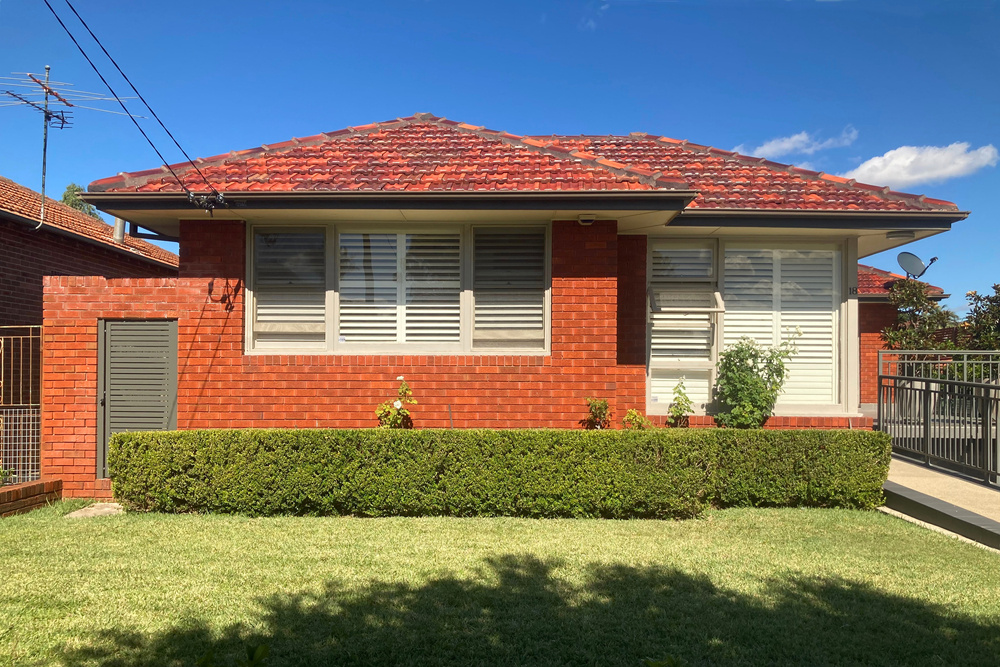
Jul
Thinking About Whirlybirds For Your Roof In Brisbane?
When summer hits in Australia (and particularly in Brisbane), the first port of call for households and businesses alike is to turn on the air conditioning or fan. While they are very effective at cooling you and your house down, there are also more passive options that can help take some of the load. Air conditioning and fans are also only temporary protection from the heat, while roof ventilation options such as whirlybirds work all year round.
Whirlybirds are a great addition to help cool down your roof and your home, but their effectiveness does depend on how many you use and their placement on your roof. That's why it's always a good idea to get professional roofers to install any roof ventilation and whirlybirds.
Thinking whirlybirds may be right for you? In this post, we talk about everything you need to know about whirlybirds.
While whirlybirds can help to make inside your home more comfortable, they don't have the same power as an air conditioner.
Air conditioners cool homes using a chemical refrigerant that loops through the inside of the unit, absorbing heat and circulating cool air back into the room.
Whirlybird, on the other hand, can’t actually lower indoor temperature; they work by ventilating out hot air. The turbines on the whirlybird turn in the wind, and this rotary motion causes a vacuum effect in the vent, sucking hot air from the interior of the building. This process draws up hot air from the roof space and expels it through the vents, reducing the hot air trapped in your roof and allowing for cooler air flow.
Reduces excess heat in your roof space
There is a cavity between your roof and ceiling called the roof space where heat gets trapped, builds up and radiates through your ceiling and into your home. You can help reduce this by having whirlybirds installed on your roof, which ventilate the trapped hot air out of the roof space and encourage cooler air to take its place.
Prevents mould growth in your roof
Mould normally grows in places where there is a build up of water or moisture, and hot air getting trapped in a roof space is the perfect environment for it. You can prevent this by making sure your roof and home are properly ventilated.
Helps keep your energy costs low
Most whirlybirds don’t use electricity to run. Called conventional or wind-driven, they spin in the wind to create a vacuum to suck out the hot air. While they aren't as affective at cooling down your house than air conditioning, they are a fraction of the cost. All you need to do is install the whirlybirds for them to work all year round for free. Plus, they help alleviate the workload of your air conditioner, which also helps to cut your electricity costs.
Does your roof have enough overhang to install vents in its eaves?
Adding vents to the eaves of your roof can help whirlybirds work at a better capacity, making a more complete roof ventilation system. These vents go into the overhang of your roof (or eaves), but some roofs don't have the room to accomodate these.
Do you have sarking under your roof tiles?
Sarking is a pliable membrane, like a second skin, that goes underneath your outer roof material and helps to make insulation work better and prevents water from the outside getting in. It also helps to create a seal for the whirlybird - without it your whirlybird may suck air through the gaps of your roof tiles instead of from the roof cavity, reducing its effectiveness.
You might need more than one whirlybird to get your desired results.
Whirlybirds are more effective when multiple are used. If you have a large roof surface area, it's recommended to install a few whirlybirds so they can work together. One whirlybird on a large roof will not be able to ventilate enough air from the roof space to make it effective.

Whirlybirds are a great addition to help cool down your roof and your home, but their effectiveness does depend on how many you use and their placement on your roof. That's why it's always a good idea to get professional roofers to install any roof ventilation and whirlybirds.
Thinking whirlybirds may be right for you? In this post, we talk about everything you need to know about whirlybirds.
How Do Whirlybirds Work?
While whirlybirds can help to make inside your home more comfortable, they don't have the same power as an air conditioner. Air conditioners cool homes using a chemical refrigerant that loops through the inside of the unit, absorbing heat and circulating cool air back into the room.
Whirlybird, on the other hand, can’t actually lower indoor temperature; they work by ventilating out hot air. The turbines on the whirlybird turn in the wind, and this rotary motion causes a vacuum effect in the vent, sucking hot air from the interior of the building. This process draws up hot air from the roof space and expels it through the vents, reducing the hot air trapped in your roof and allowing for cooler air flow.
Whirlybird Benefits
Reduces excess heat in your roof space
There is a cavity between your roof and ceiling called the roof space where heat gets trapped, builds up and radiates through your ceiling and into your home. You can help reduce this by having whirlybirds installed on your roof, which ventilate the trapped hot air out of the roof space and encourage cooler air to take its place.
Prevents mould growth in your roof
Mould normally grows in places where there is a build up of water or moisture, and hot air getting trapped in a roof space is the perfect environment for it. You can prevent this by making sure your roof and home are properly ventilated.
Helps keep your energy costs low
Most whirlybirds don’t use electricity to run. Called conventional or wind-driven, they spin in the wind to create a vacuum to suck out the hot air. While they aren't as affective at cooling down your house than air conditioning, they are a fraction of the cost. All you need to do is install the whirlybirds for them to work all year round for free. Plus, they help alleviate the workload of your air conditioner, which also helps to cut your electricity costs.
Things to Consider Before Installing Whirlybirds
Does your roof have enough overhang to install vents in its eaves?
Adding vents to the eaves of your roof can help whirlybirds work at a better capacity, making a more complete roof ventilation system. These vents go into the overhang of your roof (or eaves), but some roofs don't have the room to accomodate these.
Do you have sarking under your roof tiles?
Sarking is a pliable membrane, like a second skin, that goes underneath your outer roof material and helps to make insulation work better and prevents water from the outside getting in. It also helps to create a seal for the whirlybird - without it your whirlybird may suck air through the gaps of your roof tiles instead of from the roof cavity, reducing its effectiveness.
You might need more than one whirlybird to get your desired results.
Whirlybirds are more effective when multiple are used. If you have a large roof surface area, it's recommended to install a few whirlybirds so they can work together. One whirlybird on a large roof will not be able to ventilate enough air from the roof space to make it effective.









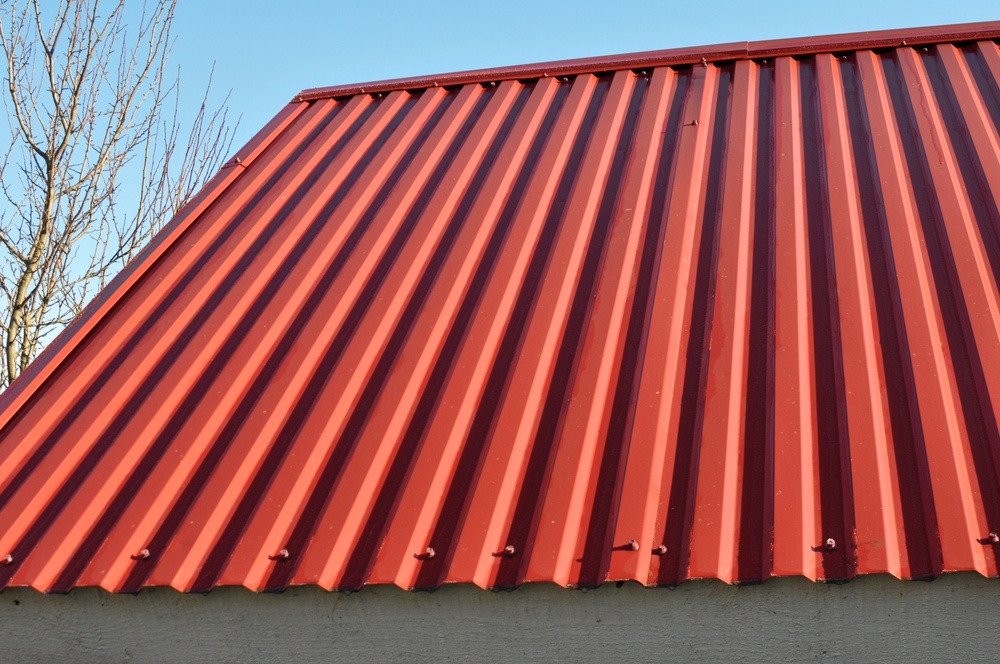





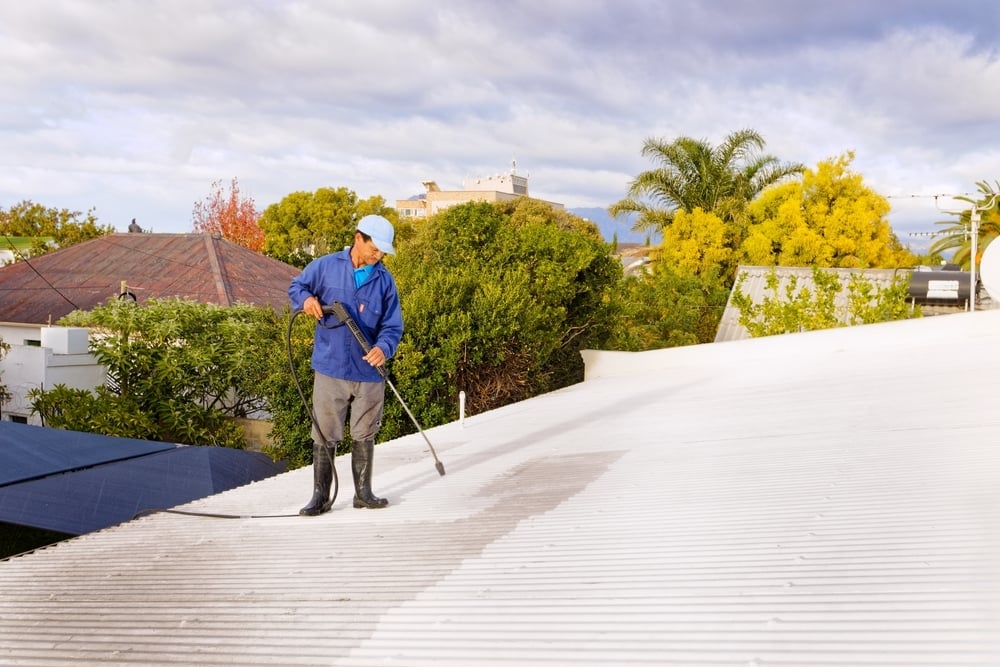
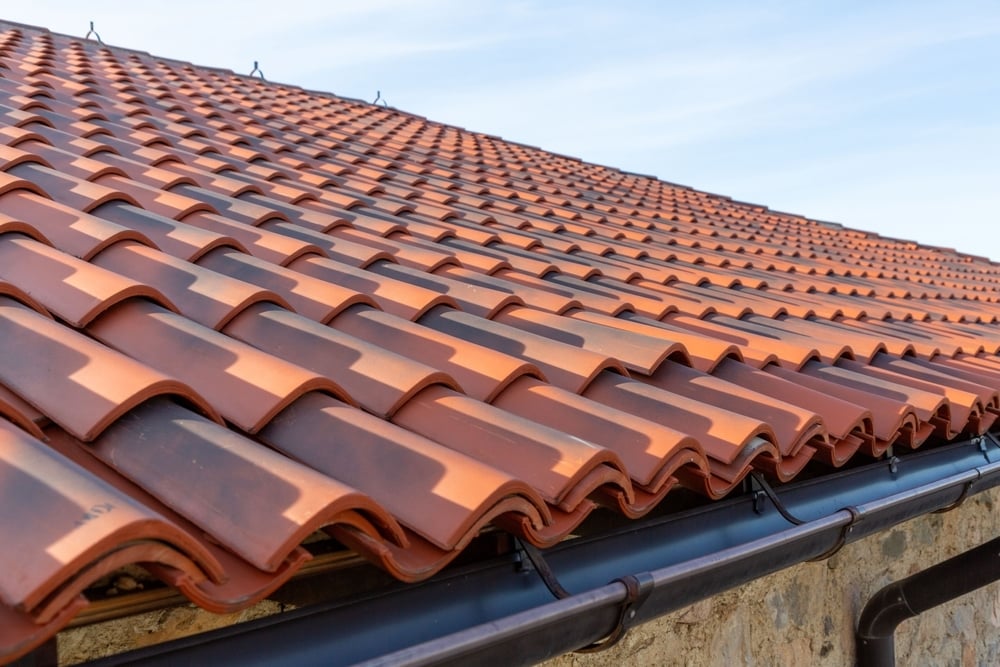
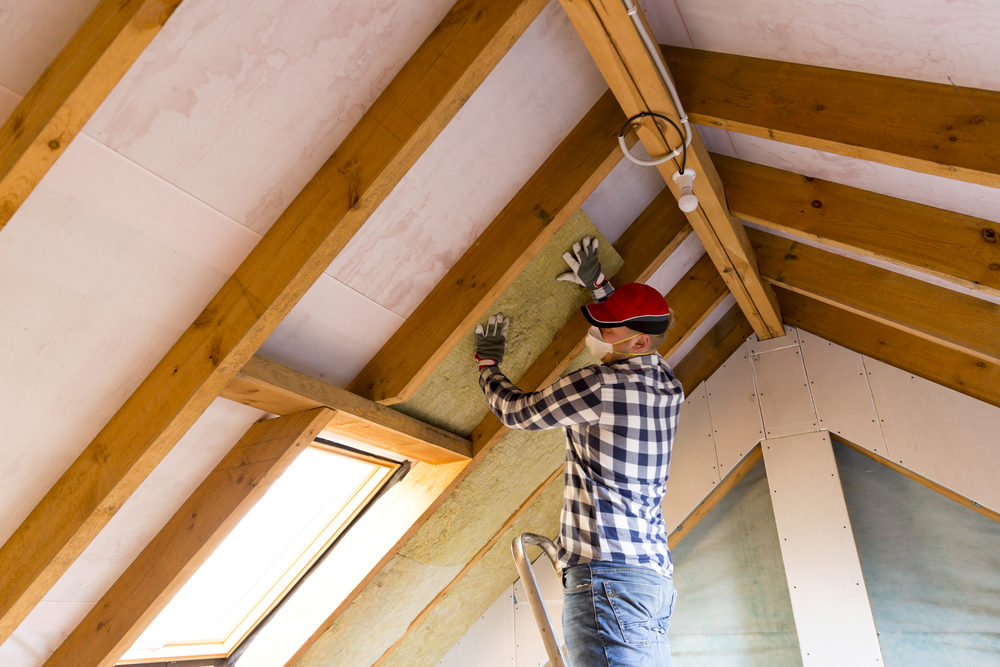
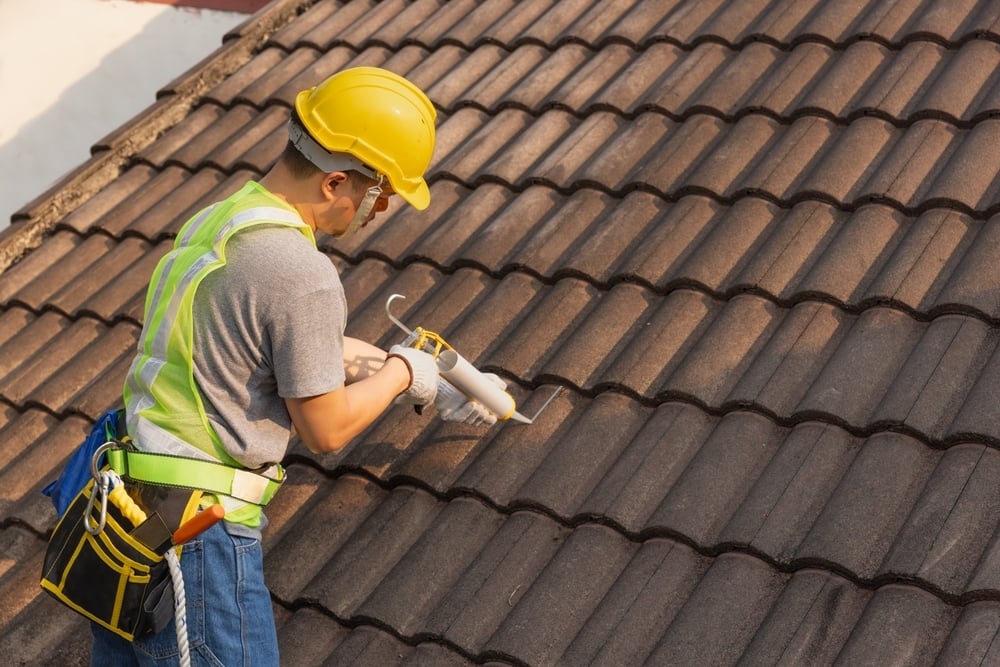
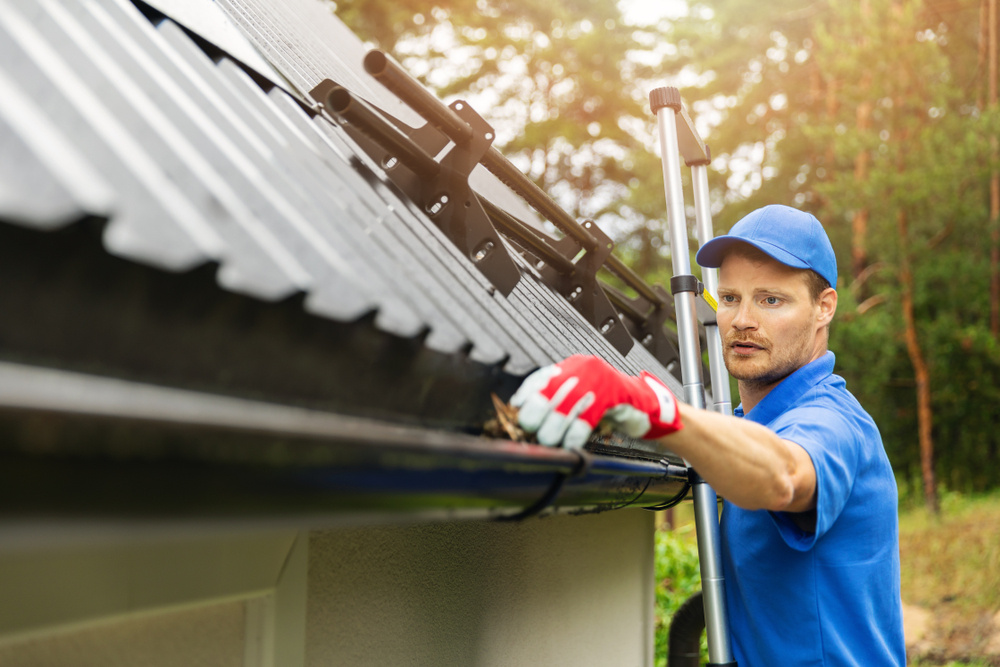

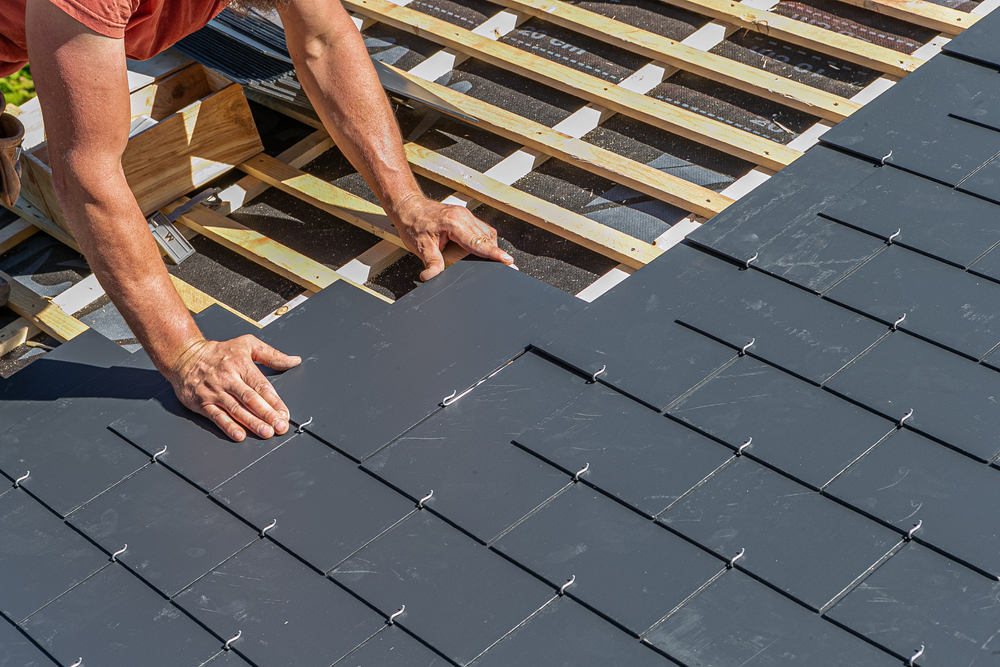
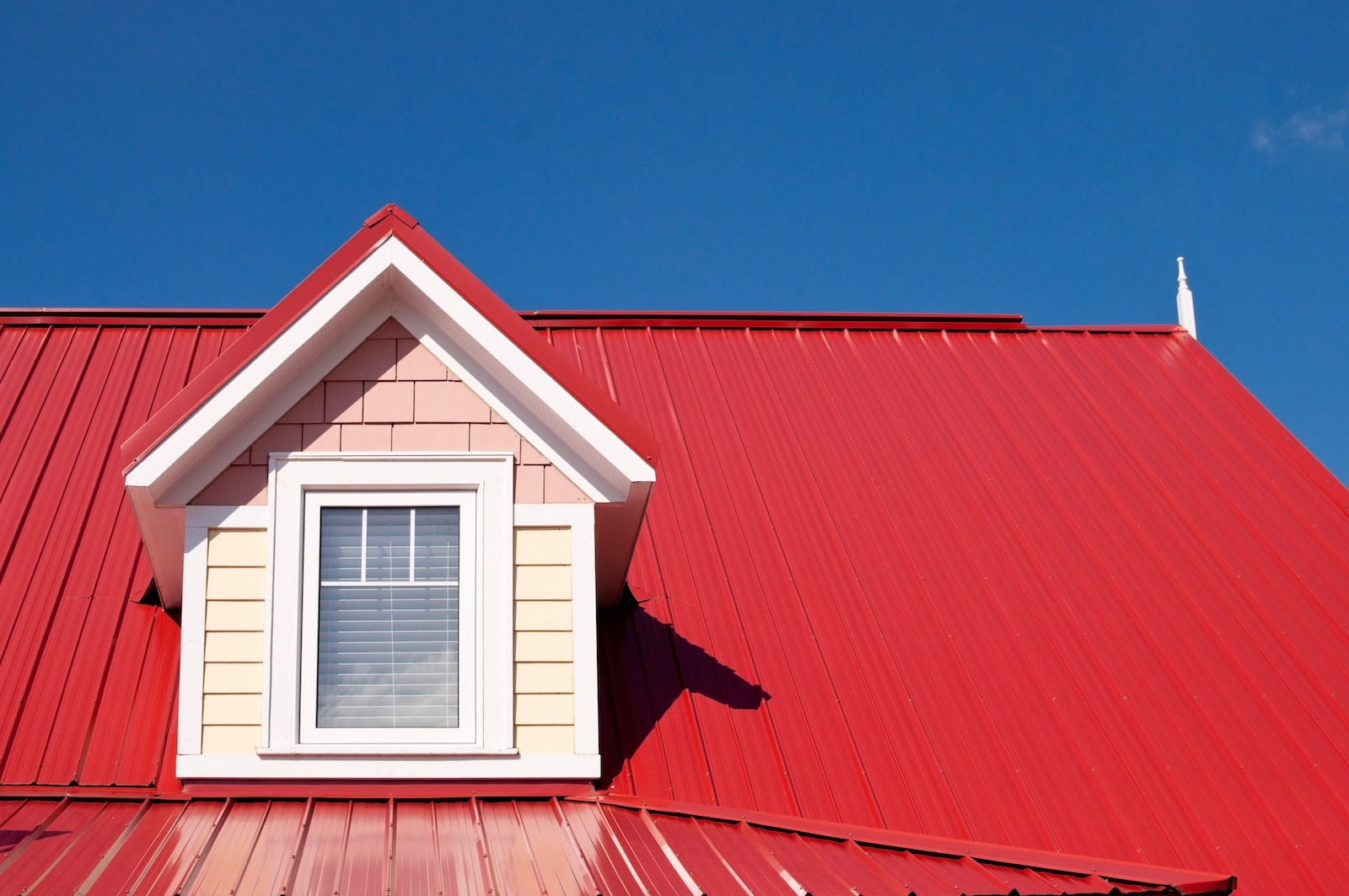
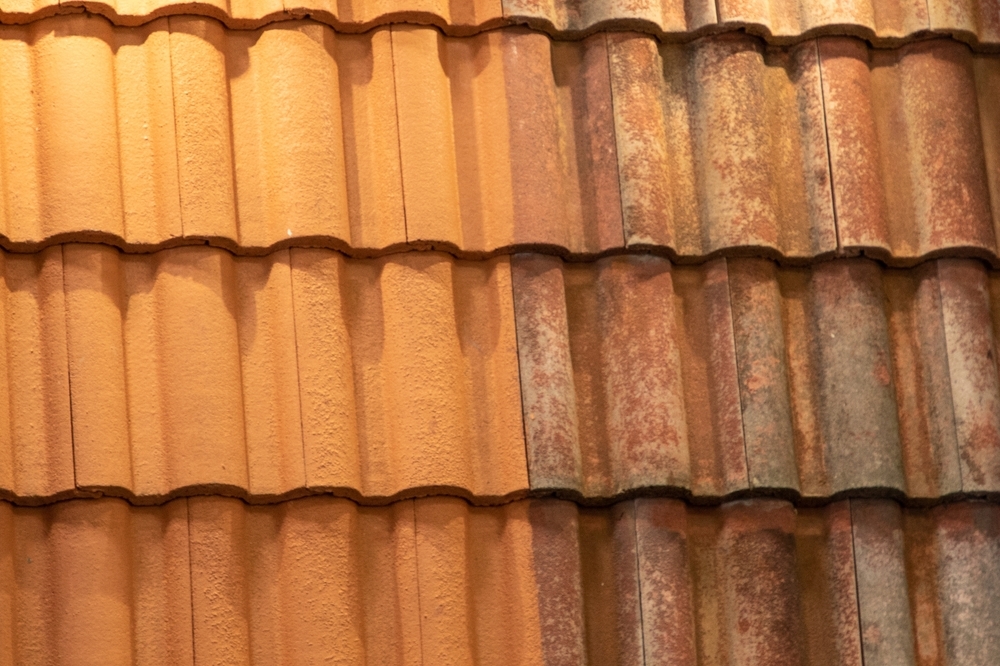
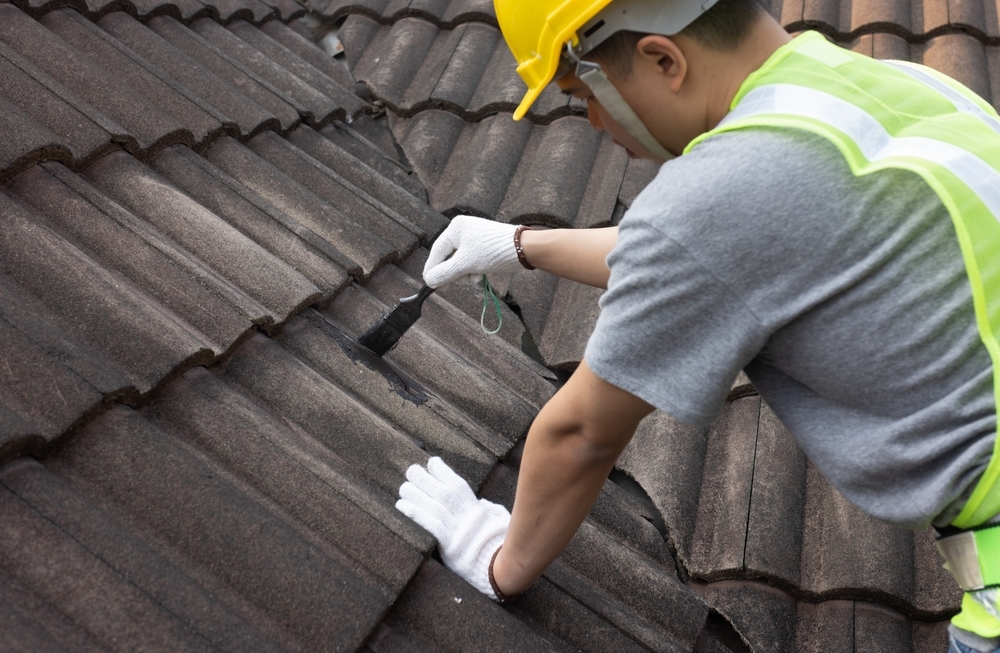
.jpg)
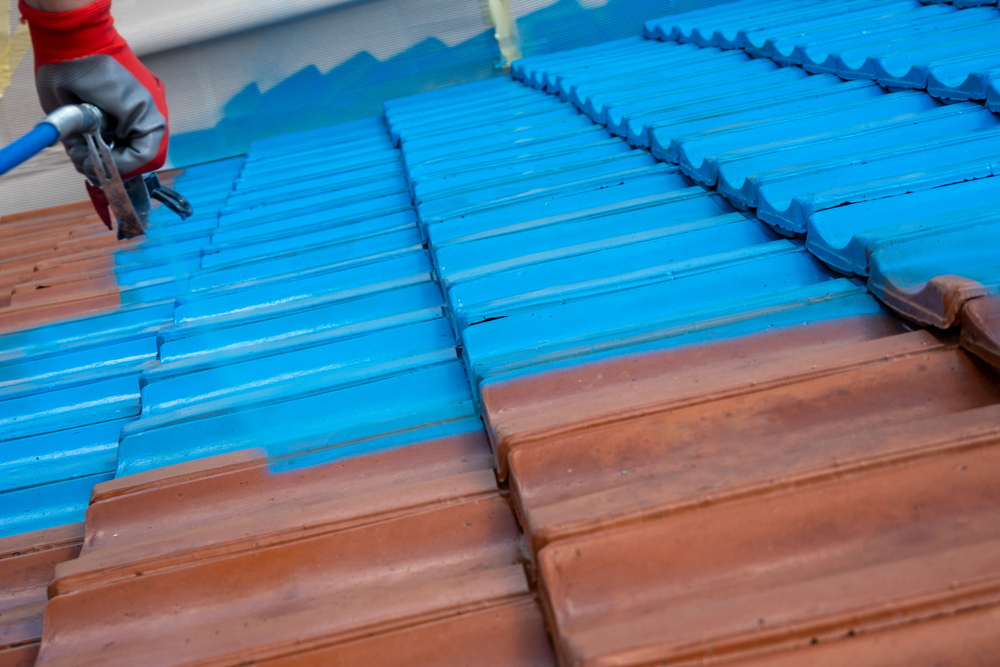
.jpg)
